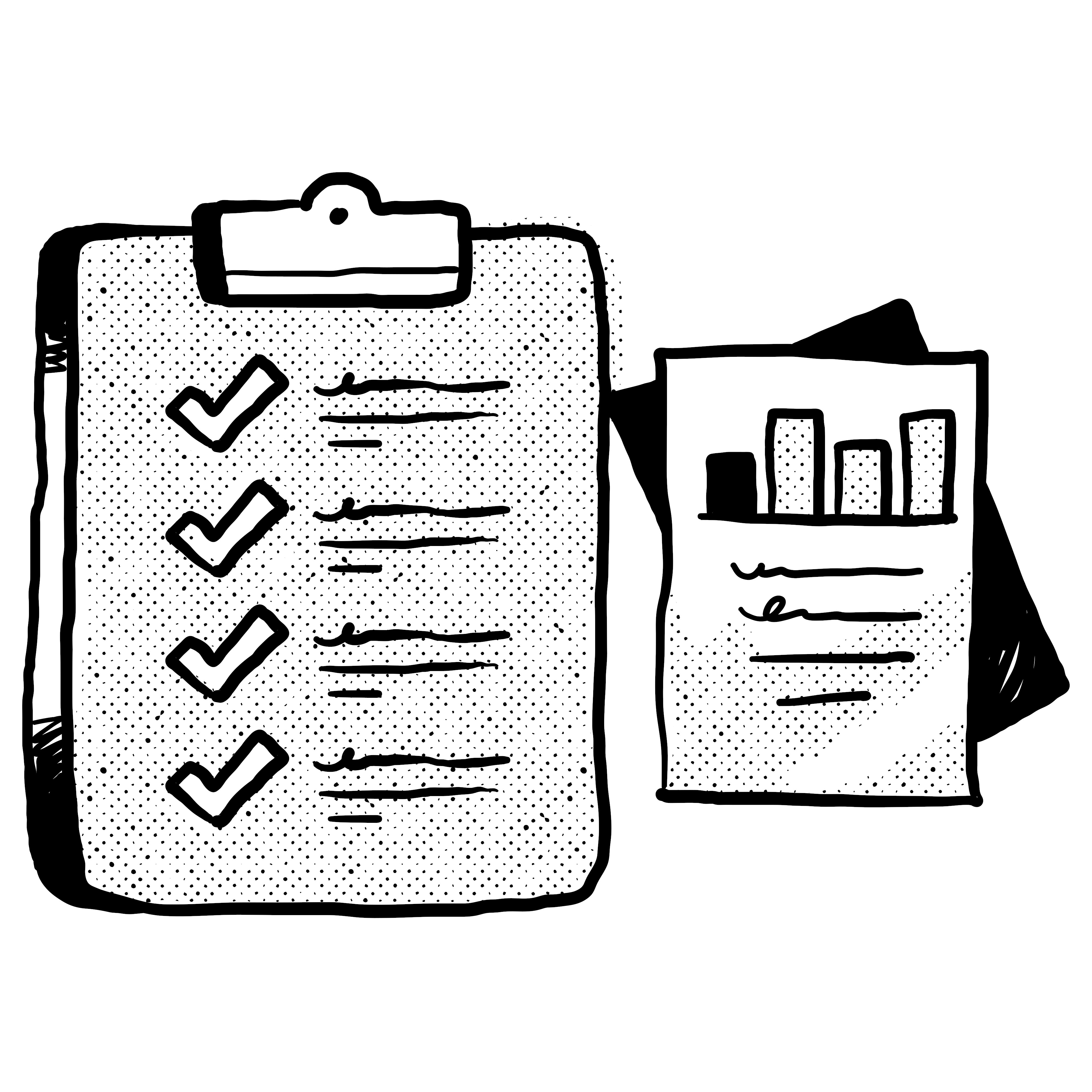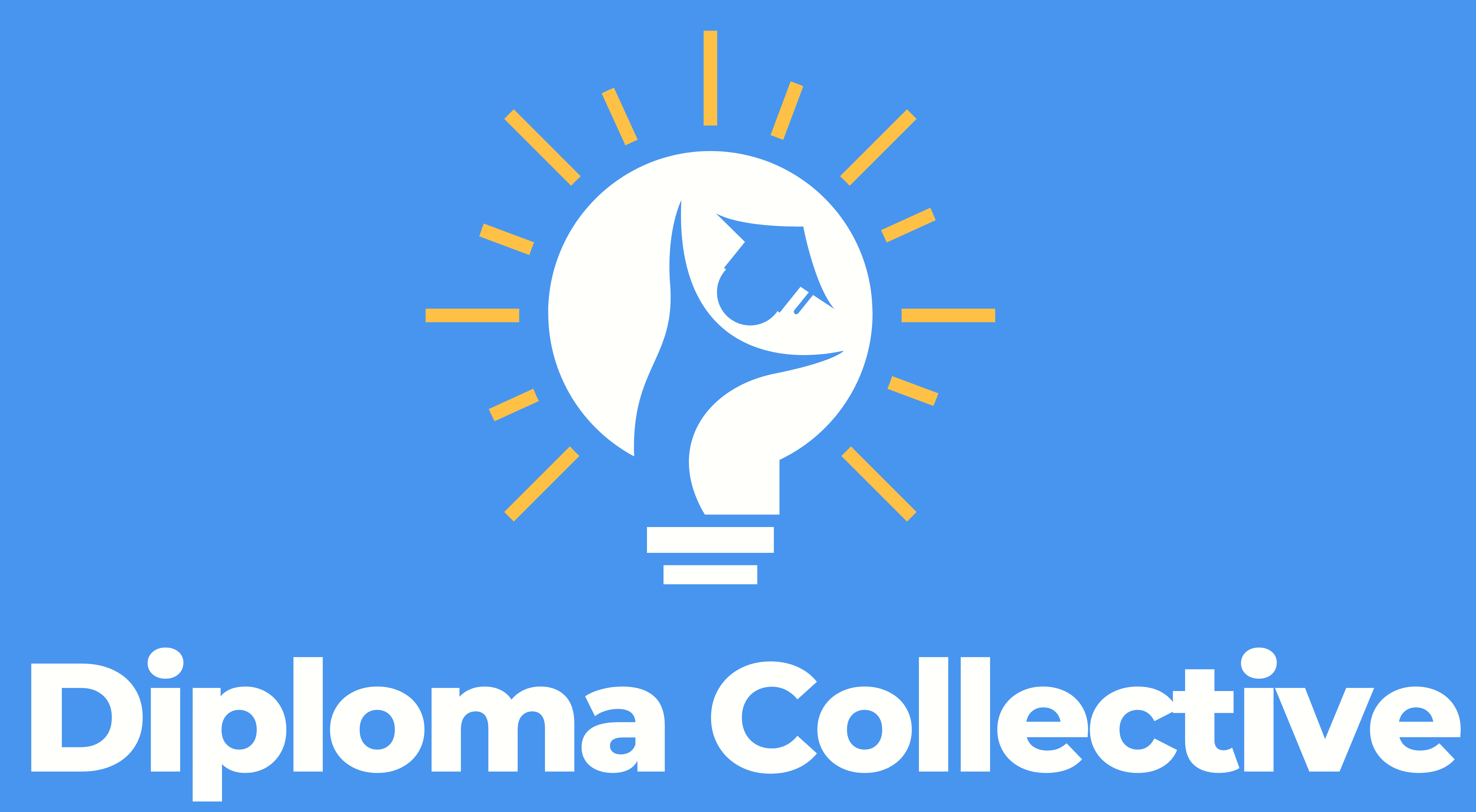As an IB Math educator, you know that the Mathematics Internal Assessment (IA) is far more than another assignment—it’s a transformative gateway that empowers students to explore the beauty of mathematics through personal inquiry. With the right support, every classroom can become a dynamic hub of exploration and innovation. In this post, we’ll delve into essential IB Math IA Teacher Resources that will enhance your teaching, spark creativity, and foster analytical growth in your students.IA tpics

Understanding the Math IA Process
The Math IA is a student-driven exploration where learners investigate mathematical concepts tied to their personal interests. Unlike traditional exams, the IA lets students:
- Tell a Story Through Math: Encourage them to craft a narrative that explains their investigation with clarity.
- Demonstrate Deep Understanding: Challenge students to apply advanced mathematical ideas beyond routine problems.
- Develop Critical Thinking: Inspire them to analyze, reflect, and draw connections between theory and real-world applications.
These insights form the cornerstone of the IB Math IA Teacher Resources available to you. By leveraging these resources, you can guide your students to not only excel in their IA projects but also build lasting analytical skills.
Your Vital Role as an Educator
Guiding the IA Process
The IB Math IA Teacher Resources emphasize your pivotal role throughout the IA journey. Here’s how you can support your students at every stage:
From Day One: Introduce the IA early by discussing its purpose and potential. Use interactive activities like brainstorming sessions and mind mapping to ignite student curiosity.
Topic Selection and Aim Writing: Assist your students in choosing engaging topics that blend personal interest with mathematical depth. Encourage them to refine their investigation’s focus until the “what” and “how” are clearly defined.
Draft and Feedback: Provide structured, constructive feedback using annotated drafts. This iterative process helps students improve their work without the pressure of final grading.
Final Assessment: Utilize detailed assessment criteria—covering Presentation, Mathematical Communication, Personal Engagement, Reflection, and Use of Mathematics—to guide your annotations and final evaluations.
These strategies are part of the comprehensive IB Math IA Teacher Resources that can help transform your classroom dynamics.
Practical Classroom Strategies
The IB Math IA Teacher Resources are rich with actionable tips and classroom activities designed to energize your teaching:
Daily Math Practices: Incorporate mini-IA activities in your lessons to reinforce relevant skills consistently.
Reflection Journals: Motivate students to keep reflection journals by asking thought-provoking questions such as, “What would happen if the radius was doubled?”
Annotated Drafts: Encourage students to annotate their drafts by identifying key elements like their investigation’s aim, defined terms, technological applications, and areas needing further reflection. This not only clarifies their understanding but also helps you provide focused, impactful feedback.
Assessment Criteria: A Clear Roadmap for Success
Effective teaching of the IA hinges on understanding its assessment criteria. Use the IB Math IA Teacher Resources to guide both your instruction and feedback:
- Presentation (A): Ensure that students develop a coherent, well-organized narrative that connects sections smoothly.
- Mathematical Communication (B): Emphasize the use of proper mathematical vocabulary, clear diagrams with labeled axes, and neatly structured equations.
- Personal Engagement (C): Look for genuine interest and creativity in the student’s work; the IA should reflect their unique connection to the topic.
- Reflection (D): Encourage continuous, meaningful reflection—not only in the conclusion but throughout the investigation. Students should analyze results, address limitations, and propose improvements.
- Use of Mathematics (E): Evaluate the depth and accuracy of the mathematical methods used, ensuring they robustly support the investigation’s aim.
These assessment guidelines, as outlined in the IB Math IA Teacher Resources, not only steer student projects but also empower you to provide constructive, criteria-based feedback that nurtures growth.

Classroom Activities & Additional Resources
The IB Math IA Teacher Resources include a variety of sample materials and interactive tools to elevate your teaching practice:
- Sample Topic Proposals and Feedback: Use these exemplars to help students refine their ideas and develop strong, focused proposals.
- Annotated Draft Submissions: Leverage models of teacher annotations to clarify what excellent feedback looks like.
- Timelines for Success: Adapt recommended timelines to ensure students have sufficient time for each stage of the IA—from initial brainstorming to final submission.
- Digital Tools: Embrace online platforms for maintaining reflection journals and conducting collaborative feedback sessions.
Moreover, the handbook recommends supplementing your classroom with external resources like math websites (e.g., NRICH, Numberphile) and effective citation guides. Integrating these into your IB Math IA Teacher Resources further bolsters student research and critical analysis skills.
Final Thoughts
Embracing the IA process can be transformative—not only for your students but also for your own teaching practice. By integrating the detailed strategies, sample materials, and classroom activities found in the IB Math IA Teacher Resources, you’ll foster an environment where inquiry thrives, mistakes are seen as valuable learning opportunities, and every student’s passion for mathematics is nurtured.
Empower your classroom by encouraging students to tell their unique mathematical stories. With a well-structured approach, engaging activities, and clear assessment criteria, your teaching will transform the IA into a dynamic journey of exploration and discovery. Happy teaching, and here’s to inspiring the next generation of mathematical thinkers with the best IB Math IA Teacher Resources available!
For all detailed information about the Math IA, please visit https://www.ibo.org/



